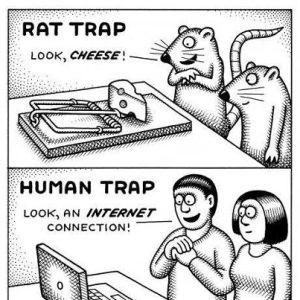
Photo Credits to: http://www.funnydam.com/uploads/computer_quotes_quotes_images_484787072.jpg

Photo Credits to: http://wallpapersfeed.com/media/medium/Computers-Quotes-8cem.jpg
Photo Credits to: https://encrypted-tbn2.gstatic.com/images?q=tbn:ANd9GcQl-rXrddRQ1qJGPlb527G9UwRSV3kAejlgQMzW85wa1W6-snt98Q

Photo Credits to: http://thedailyquotes.com/wp-content/uploads/2013/07/faith-like-wi-fi-quote-picture-funny-quotes-sayings-pics.jpg

Photo Credits to: http://www.coolfunnyquotes.com/images/quotes/password-incorrect.jpg
Photo Credits to: https://encrypted-tbn2.gstatic.com/images?q=tbn:ANd9GcR_HfpqZl3esxh1xEbNUXgxazeOwTpcMGMbX1nbWoNEc0ADoZuX

Photo Credits to: http://www.coolnsmart.com/images/cns/history-tells-a-story.jpg

Photo Credits to: http://mylightwarrior.files.wordpress.com/2013/02/funny-images-funny-pictures-funny-kids-sayings-and-quotes-funny-sayings-favim-com-632006.jpg


